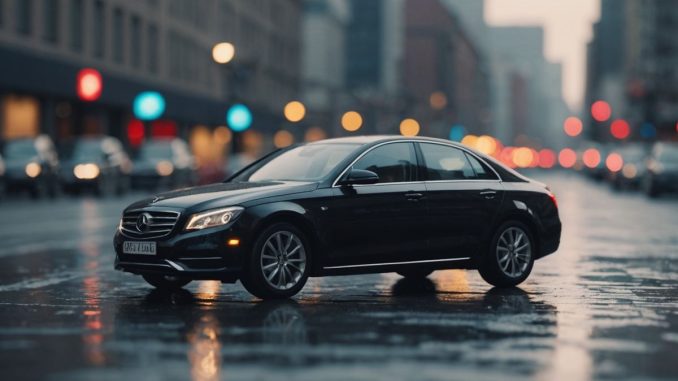
Car prices, both new and used, are finally starting to decline after a period of significant increases. This shift is driven by various factors, including changes in consumer behavior and market dynamics. Here’s a comprehensive look at what’s happening in the auto industry and what you can expect moving forward.
Key Takeaways
- New car prices are now averaging 97% of the list price, down from 102% in 2022.
- Used car prices have dropped 23% from their 2022 peak.
- Leasing and fleet sales are up, while individual consumer sales are down.
- Financing costs are high, affecting buyers’ spending power.
- Hybrids and electric vehicles (EVs) are seeing varied demand.
Decline in New Car Prices
New car prices are finally showing signs of softening. On average, new cars are being sold at 97% of their list price, compared to 102% last year. Financial incentives are also making a comeback, averaging 7% of transaction prices, although this is still below the 10% level seen in 2019.
Used Car Market Trends
The used car market is also experiencing a decline in prices. Used car prices are down 23% from their peak in 2022, although they remain 25% higher than pre-pandemic levels. This trend is expected to continue as more leased cars enter the market as certified pre-owned (CPO) vehicles.
Leasing and Fleet Sales
Leasing and fleet sales are on the rise, contributing to the overall increase in total vehicle sales. Leasing is up by 30%, while sales to rental fleets and other buyers are also contributing to the numbers. However, actual sales to individual consumers have decreased by 2%.
Financing Costs
High financing costs are impacting buyers’ ability to purchase new and used cars. The average rate for a new-car loan is now 7.3%, while used car loans average 11.5%. This has led to a rise in loan delinquencies, which have increased to 8% from 5% in 2022. Affluent buyers are increasingly paying for cars with cash, buoyed by rising stock and home values.
Hybrid and Electric Vehicles
Hybrids continue to be strong sellers, with Toyota and Honda leading the market. Plug-in hybrids are also gaining popularity, particularly models from Jeep. On the other hand, sales of electric vehicles have plateaued at 7% of the market. There is currently a high supply of EVs on dealer lots, with 104 days’ worth of inventory at the current selling pace.
Future Outlook
As 2025 models roll out, expect more deals on 2024 models still on dealer lots, and even deeper discounts on remaining 2023 models. The increase in leasing and fleet sales now will likely result in more CPO vehicles entering the market in the coming years, providing good options for value-minded shoppers.
In summary, the auto industry is undergoing significant changes, with car prices finally coming down. Whether you’re in the market for a new or used car, understanding these trends can help you make a more informed decision.
Sources
- Car Prices Are Finally Coming Down | Kiplinger, Kiplinger.

